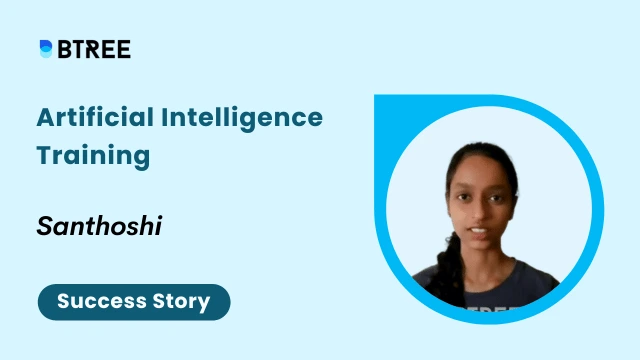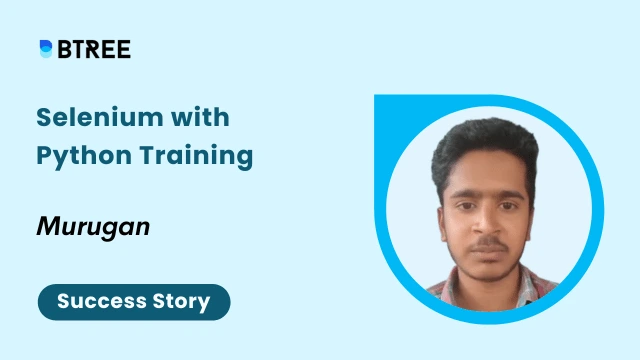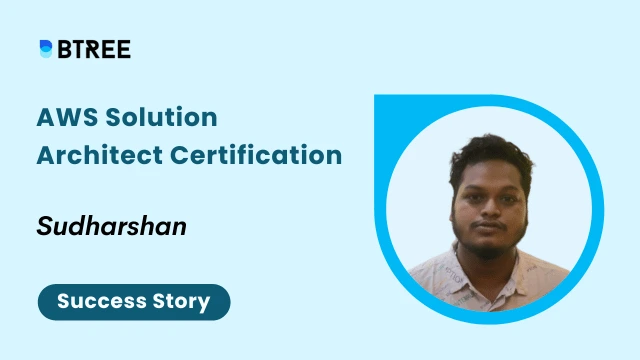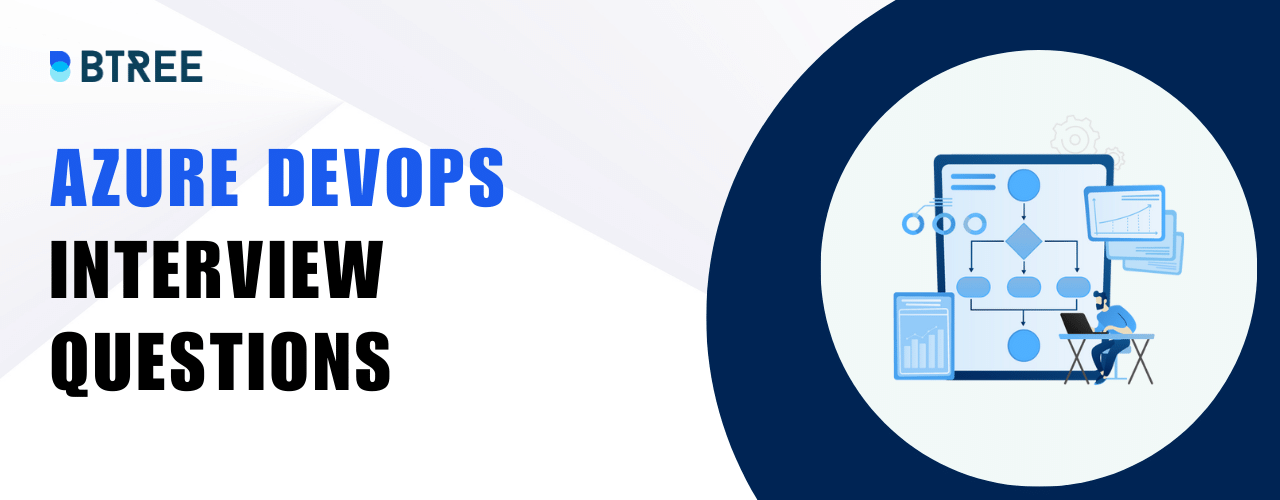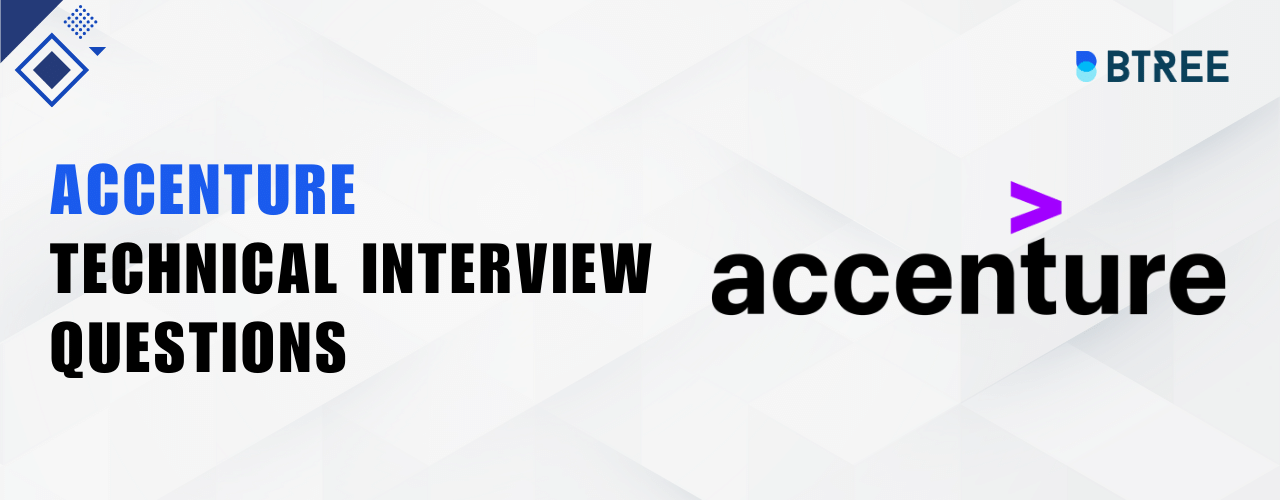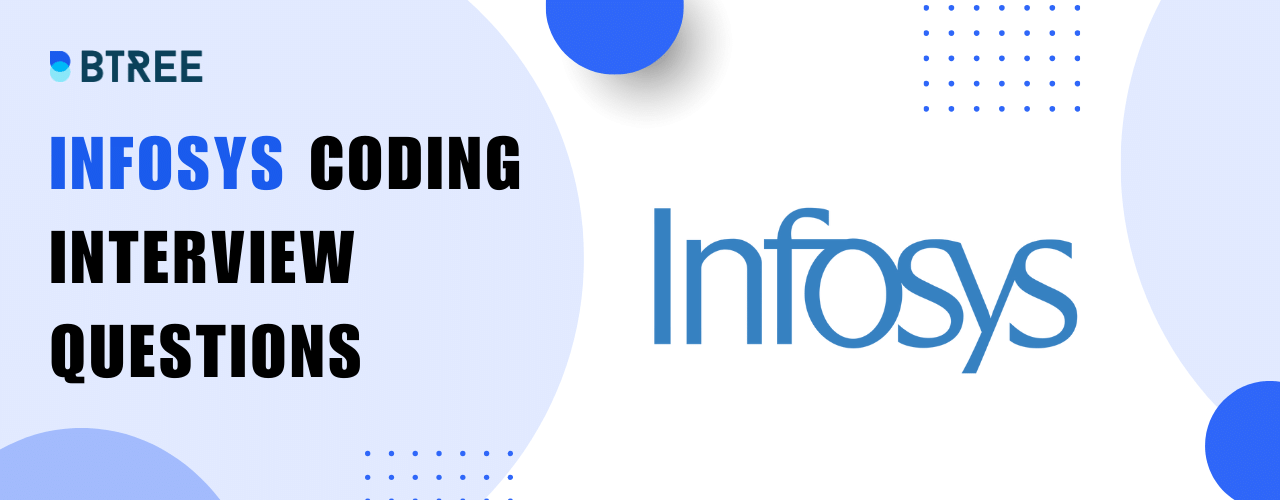IBM Maximo Interview Questions
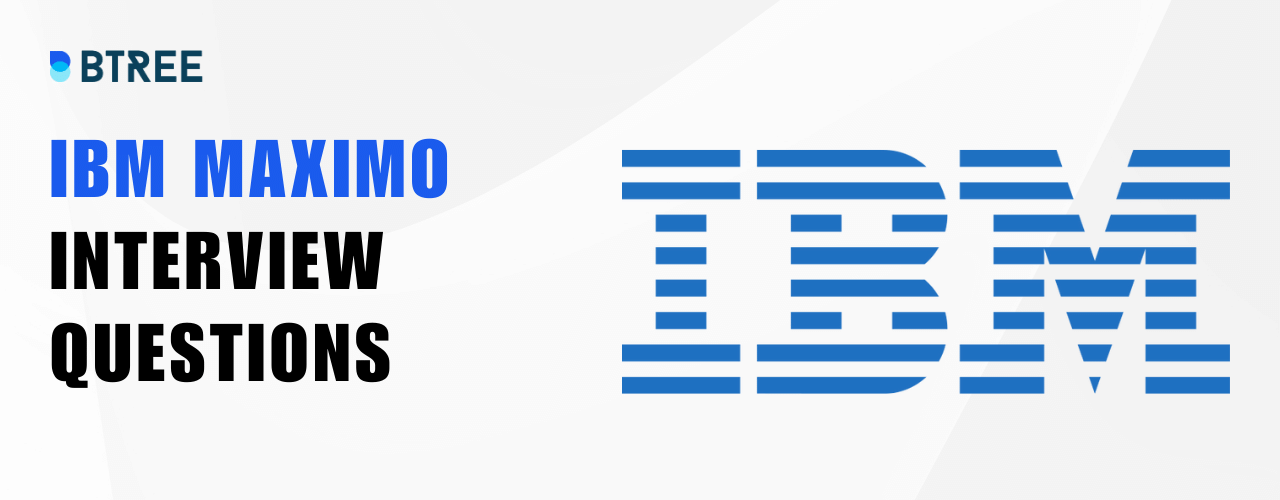
There is still time for you to advance your career as a Maximo Developer. Our Advanced IBM Maximo Interview Questions and answers will help you succeed in the interview and build a career that you are passionate about.
IBM Maximo Features
IBM Maximo to streamline their maintenance and asset management capabilities. Maximo can also be used to consolidate several unique workflows into a single software package.
Asset Management: Important data is gathered in a central asset registry within Maximo, including asset locations, supporting materials, and serial numbers. Many of these areas can be altered to add certain information that is crucial to your business.
Management of Maintenance: The EAM program allows you to track preventive maintenance work orders and other supporting information. Because of this, it is very simple to locate and allocate tasks to maintenance personnel from inside a single platform.
Control over work orders: The status of work orders in the system can be seen on IBM Maximo’s main dashboard. With only a few clicks, each task request can have its own priority and owner. Each work order can have supporting documentation attached, and users can immediately close off requests after finishing them.
Inventory Control: Users of Maximo have total control over the inventory levels for equipment used for maintenance and repair operations (MRO). From a single system, employees can manage suppliers and keep an eye on inventory expenses.
Resource Administration: Maximo offers built-in tools for managing labor and other resources in addition to tracking assets and equipment. This includes overseeing shifts, wages, and other employment-related information.
IBM Maximo Asset Management
An asset management life cycle and workflow process management solution is IBM® Maximo® Asset Management. You can manage your asset operations and business processes with Maximo Asset Management. You can also integrate with the programs you already use.

IBM Maximo Careers
Being a fresher IBM has given an ample opportunity. IBMrequires that its employees have a combination of innovation and raw skills. Some of the best and brightest openings at the top companies are IBM, Infosys,TCS, and Wipro roles for Maximo developers, Maximo constant, IBM Architect, and SRE Maximo IBM. Let’s take look at the steps on how to apply and how to ace the IBM Maximo Interview Questions.
Our Lovely Student feedback
IBM Maximo Interview Questions and Answers
The chance to advance in your career at IBM Maximo Development is still open to you. Advanced Maximo Interview Questions 2022 that aid in your success during the interview and help you land the position of Maximo Developer of your dreams.
1. What are the properties of a system?
The System Properties application will be used to manage system properties and the values that different components utilize for their system properties.
2. What are the different Maximo modules?
The following list includes all of Maximo’s modules:
- Software Developer.
- Configuration of the Database
- Integration Module
- Security
- Change Request
- Workflow Designer
- Escalations
- Cron Task, and System Properties
3. Describe the Maximo Start Center.
When you log in to Start Center, all you see is Maximo. The system administrator can modify the start center to suit the demands of the company. The start center may have a number of tabs. Daily chores, messages, and news can all be included in Maximo Admin’s bulletin board. You can display your different IN/SR tickets on them.
At your start center, shortcuts to the many programs that the end-user needs can be offered. Additionally, the start center can be set up in accordance with security groups, which results in various views for various users, or in accordance with the needs and requirements of the Business.
4. What is an integration of inbound emails?
Integration of incoming emails: TSRM can handle incoming emails and automatically create or amend tickets with the relevant information. The program creates an XML file and emails it to TSRM. The letter is sent to one of three email addresses based on the user’s OLM id, or. These 3 ids’ mailboxes are frequently polled by TSRM, which then processes the emails to generate or query tickets.
5. The definition of email integration
An overview of the integration of email with TSRM is provided in this section.
The following two integration types have been set up
Outbound email: This enables TSRM to email a variety of notifications.
Inbound email: The email that comes in allows TSRM to handle it automatically and create or look up tickets for issues that are reported.
6. Various controls in IBM Maximo’s Application Designer Tool component
Tab group: A place where tabs can be added.
Tab: A single tab inside a set of tabs.
Section: Adding section columns, section rows, fields, buttons, combo boxes, and checkboxes are done using sections, which serve as containers for these elements.
Section Column: A section’s column.
Row in a section: A section row.
Section Header: A container that labels a section or a table window and allows its label to show changing values. The parameter values control, a container for the parameter value control, is contained by this control.
Parameter value: A container for the parameter value control to be used in sections and table views is referred to as a parameter value.
7. Different controls in IBM Maximo Application Designer Tool components 2,3
Dynamic values seen in section headers are known as parameter values.
Combination box: A combination box with a drop-down menu.
Checkbox: A checkbox in HTML.
Blank line: Add a blank line to a paragraph to create space.
Help Grid: Text that provides assistance in dialogue boxes.
Image: You may enter an image with this.
List box: A drop-down menu that is accessible and shows dynamic material.
Text input box: with numerous lines known as a multiline textbox.
Multipart Textbox: A pair of text boxes, one for displaying text and the other for a description, placed next to one another.
Static text: Informational text that appears in an application as static text.
Textbox: A single-line text input box.
Table: A structure that houses a table window.
Table Column: A row in a table window that contains a column.
Tree: A structure that contains hierarchies.
Tree Attribute: A value that characterizes the control of the tree node within the tree.
Tree Node: A place where the child elements of the tree control are defined.
App bar: A container that shows every application from the current module, excluding the one that is currently being used.
Menu bar: A menu bar that houses the Search, Query, and Bookmark menus’ distinctive options.
Hyperlink: a hyperlink that can contain both text and visuals.
8. MBO and MBO sets are what exactly?
While MBO Set represents a table in the database, MBO represents a record in the table. The data is carried by these MBOs.
9. Distinguishes IBM Maximo’s Table Domain and Cross-over Domain?
Domains for tables:
A dynamic set of values is generated by this domain. These values are obtained by specifying an object’s database attribute.
Cross-over Domains:
The crossover domain retrieves a value from another Record rather than producing a list. You program Maximo to move data between different fields, generally across different applications.
10. What are the domains available in Maximo?
There are six domains, as listed below.
- Domains with alphanumeric characters
- Domains of Numbers
- Domains of Numeric Range
- Domains of Tables
- Domains that cross over
- Domains with Synonyms/li>
11. What are the nodes in the IBM Maximo workflow?
The eight Maximo workflow nodes are as follows:
- Observe Node: It specifies that until the required condition is met, a record’s progress through a process shall be halted.
- The assignment is not complete when a record enters the waiting node.
- The node of interaction: Send the user to a different screen or app that contains the same app.
- Display a tab for the application containing instructions on how to add or alter data or carry out a particular application function.
- To automatically initiate an action from the toolbar, select the action menu.
- Automate a procedure, such as a different workflow method.
- Job node: assignments with both bad and good outcomes in your inbox.
- The system will analyze a condition and output either a True or False binary result before forwarding the data as appropriate.
- Node for input: Requests many options from the user before sending the appropriate record.
- Create a new workflow process within the existing one using the sub-process node.
12. How does Maximo 7.1 import workflow?
Workflow procedure import
- Enterprise services, publishing channels, and object structures can be duplicated from migration to be utilized by the integration process. If an object structure is not in migration or integration, use the methods below to manually construct it.
- Prior to import, exit Admin mode.
- Since we are utilizing a sequential queue, any error files that may be generated should be removed from the error folder in the a-global directory. The sequential queue handles messages one at a time in a first-in-first-out sequence.
- Setting up the cron task JMSQSEQCONSUMER to activate it for the sequential queue
- If the MEA Global directory doesn’t already exist, create it. Give specifics about this in the system properties, then finish will be put to use points
- Enable Message Tracking for the Enterprise Services created below by choosing an action from the menu.
- Only once, using the processes listed below, should End Point and External System be created.
13. What level of storage does the data have?
Application data is kept by the system at one of the following four levels:
System-level: All sites and organizations have access to the data.
Set level: Several organizations share items and vendor company data, which the system by default maintains at the organization level.
Organizational level: Only the designated organization and all of its sites have access to the data.
Site-level: Only the designated site has access to the data.
14. Explain the entire status of an incident in Maximo?
NEW: A ticket’s initial state following creation or insertion. Once you change this status, you cannot go back to it.
QUEUED: A person or a group has been given ownership of a ticket. Assignments of ownership can be done manually or automatically if a workflow, service level agreement, or other escalation process is used. Visit the Workflow help or the Service Level Agreements assistance for additional details.
INPROG: in motion. This ticket is currently being worked on. If the Actual Start column is empty when a ticket first reaches this status, the system fills it in.
PENDING: A decision on this ticket is still pending (for example, vendor or user call-back, or waiting for parts).
RESOLVED: Data has been collected and routed, service has been restored, or a solution has been offered. If the Actual Finish column is blank when a ticket first reaches this state, the system fills it in. You can reopen a ticket and switch the status from RESOLVED to INPROG if necessary (in progress).
CLOSED: The ticket is now a part of history. You are unable to change a record’s status once it has been closed. However, you can modify some portions of the historical record.
15. How to create Communication Templates In IBM Maximo?
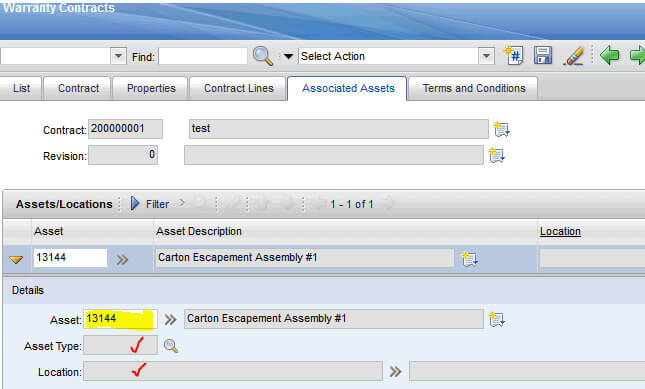
16. Differentiate system properties and instance properties.
| Properties | Examples |
|---|---|
|
System properties: Password information can be found in several system properties. Therefore, you need to update the property value for the changed password. A password change requires updating the values. |
A shared database may be used by several developers, and they can run distinct system instances with varied property values. A server instance if you want one server in a cluster to perform a particular cron task. |
|
Instance properties: A particular system server is the subject of an instance property. The instance value is used when you generate both a global value and an instance value for the same property. |
By selecting a particular server, such as MXServer1, set mxe.crontask.donotrun system property to be an instance-specific value. such as the BBCron cron task for the bulletin board. another server instance, like MXServer2, may execute BBCron. |
17. What Functions Do Max Object, Max Attribute, And Max Presentation Serve?
Max Object: The actual MBO specification is stored in this table.
Max Attribute: Describes all of the attributes, such as the record type of the characteristic, its length, whether or not it is persistent, and whether or not it has any validation power associated with it.
Max Presentation: This program saves the actual presentation XML.
18. How does Maximo handle user login sessions?
Procedure: Configuring the session
- The attributes of a TSRM User session can be changed. The parameters that can be altered and how to modify them are described in this paper.
- No Dependency
- Setting Up the Session
- In Maximo, the below two attributes may be changed for user sessions
- A Maximo session will time out is known as the session timeout. Currently, this is set at 10 minutes.
- The steps to changing this are as follows:
- Go to the Maximo Admin Server and log in (IP).
- Remotely through a desktop
- With an editor, access the file WEB-INFweb.xml located at C: IBMSMP maximoapplications maximoui webmodule.
19. Description of the Integration Maximo Framework
You may incorporate Maximo with other solutions to the Integration Maximo Framework. Your manual work is decreased.
The following are some of the numerous applications of integration:
- To build all of the tens of thousands of categories in Maximo at once.
- Simply click once to upload IN and SR to the tool.
- Maximo user ids can be created in multiples.
- Maximo and Netcool were linked in order to automatically generate tickets in Maximo in response to warnings or other messages.
- Using Tivoli Directory Integrator and an assembly line we’ve created in TDI, we can integrate Maximo with Tivoli Directory Server.
The following list includes different Integration framework elements:
- Object-based systems
- Services
- Channels
- Supplementary systems
- Endpoint
- Events
- Web service
- Content
20. What is the advantage of Maximo when compared with other similar systems?
Maximo is scalable, therefore No matter how big your business is now, it can handle future expansion.
To sum up
In this blog, we all mostly covered the frequently asked IBM Maximo interview questions. Learning these questions will help you to clear the IBM Maximo Interview Questions. We hope you found this information helpful. Good Luck!
